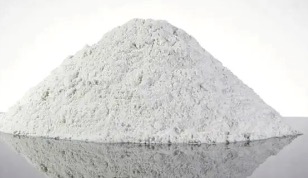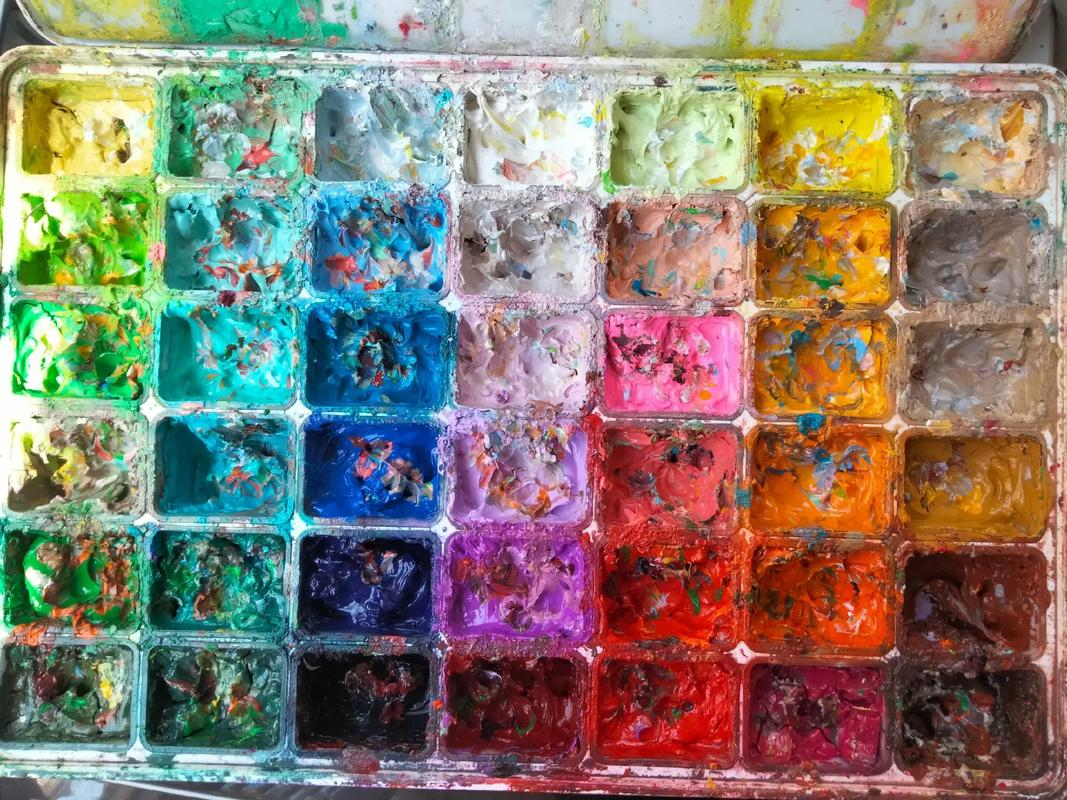First of all, what is kaolin clay? Baidu Encyclopedia describes it like this: Kaolin is a non-metallic mineral, a kind of clay and clay rock mainly composed of kaolinite clay minerals. Because it is white and delicate, it is also called white cloud soil. It is named after Gaoling Village, Jingde Town, Jiangxi Province.
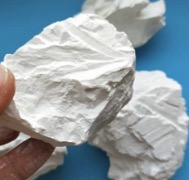
Its pure kaolin is white, delicate and soft clay-like, and has good physical and chemical properties such as plasticity and fire resistance. Its mineral composition is mainly composed of kaolinite, halloysite, hydromica, illite, montmorillonite, quartz, feldspar and other minerals. Kaolin has a wide range of uses, mainly used in papermaking, ceramics and refractory materials, followed by coatings, rubber fillers, enamel glazes and white cement raw materials, and a small amount used in plastics, paints, pigments, grinding wheels, pencils, daily cosmetics, soap, Pesticide, medicine, textile, petroleum, chemical, building materials, national defense and other industrial sectors.
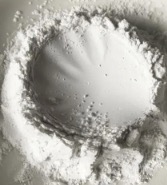
Below we will briefly describe
First, naturally produced kaolin ore can be divided into hard kaolinite, soft kaolin and Sandy kaolin 3 industrial types:
1. Hard kaolin: hard, non-plastic, pulverized and finely ground with plasticity.
2. Soft kaolin: soft, strong plasticity, sand mass fraction <50%;
3. Sandy kaolin: soft in quality, weak in plasticity, sandy mass fraction > 50%.
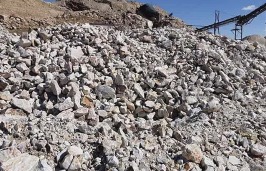
The performance of kaolin is mainly divided into three points: plasticity, not broken, long-term unchanged, its properties: more dull, fine and white when it is pure, such as gray, yellow, brown and other colors when it contains impurities. Appearance can be loose soil block or compact rock block shape according to different origins. The density is 2.54-2.60 g/cm3. The melting point is about 1785°C. In terms of physical properties: the highest whiteness can reach more than 95%, the color of kaolin slightly changes with the metal content or organic matter content, when it contains Fe2o3, it is rose red and brownish yellow; when it contains Fe2+, it is light blue and light green; Mno2 is light brown; organic matter is light yellow, cyan, gray, black, etc. Kaolin is mostly cryptocrystalline dense or earthy aggregates. The hardness is 2.0~3.5, the specific gravity is 2.60~2.63, the melting point is 1780℃, the insulation is good, and the plasticity is low.

Secondly, different resource properties basically determine the industrial direction that the resource can be suitable for. Generally speaking, domestic coal-based kaolin (hard kaolin) is more suitable for development as calcined kaolin, which is mainly used in fillers for various purposes. Calcined kaolin is also used in papermaking due to its high whiteness, and it is mostly used to produce high-grade coated paper, which is expensive (about 4,000 yuan/ton). However, the main purpose of dry calcination is to increase the whiteness, and it is generally not used alone. The amount used in papermaking is less than that of water washing. Non-coal kaolin ten (soft kaolin ten and sandy kaolin), mainly used in papermaking coatings and ceramics industry. The crystal structure of non-coal kaolin is mainly divided into monolithic (diameter-to-thickness ratio of 8:1), tubular and laminated.
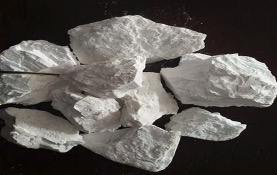
With the development of industry, agriculture and science and technology, kaolin has become a necessity for industries such as medicine and national defense and other industries. China's kaolin mineral resources rank among the top in the world, with 267 proven mineral deposits and 2.91 billion tons of proven reserves, of which: my country's non-coal Construction kaolin, the resource reserve ranks fifth in the world. The proven reserves are 1.468 billion tons, mainly distributed in Guangdong, Shaanxi, Fujian, Jiangxi, Hunan and Jiangsu provinces, accounting for 84.55% of the national total reserves; coal-containing construction kaolin (high Lingyan) ranks first in the world, with proven reserves of 1.442 billion tons, mainly distributed in Datong, Huairen, Shuozhou, Inner Mongolia, Zhungeer, Wuda, Anhui Huaibei, Shaanxi Hancheng, etc. Among them, Zhungeer, Inner Mongolia, etc. Coal fields have the most resources.
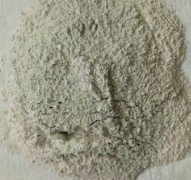
But under such reserves, non-coal measures are only 1.4 billion tons. But in fact, the demand for non-coal-based kaolin is far greater than that of coal-based kaolin, especially for paper coating grade kaolin, only 5.26% of kaolin can be used as paper coating in my country, and the demand for paper coating is growing at an annual growth rate of 20%, so High-quality kaolin resources are particularly scarce. At present, my country's kaolin industry is entering the integration stage. Kaolin enterprises with high-quality resources are actively exploring vertical extension to the magnetic mud industry. Kaolin has a wide range of uses. The application scope of kaolin produced in different mining areas is quite different. Kaolin enterprises with management advantages begin Production of kaolin products across application areas.
